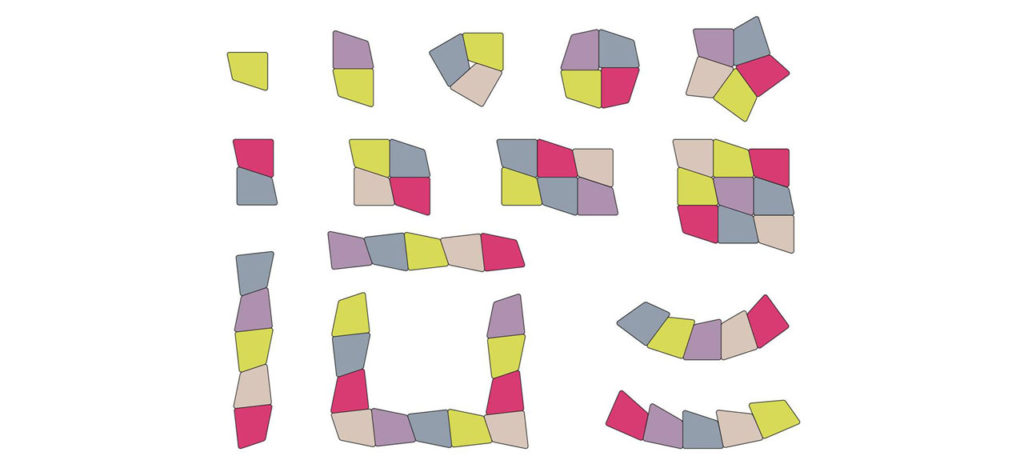The layout of a classroom can have a direct influence on a pupil’s attention span. Here are some principles to consider when putting together the optimal classroom for effective learning.
Some underlying principles of classroom layout:
• functionality: the teacher must be able to move around freely, while all the pupils must have an unobstructed view of the board and the clock
• flexibility: ideally, it should be possible to adapt spaces to the teaching exercises, setting aside an area for pupils to regroup or take part in group work for example
• accessibility and readability: all the tools and resources the pupils need must be easily accessible, ideally dotted around the classroom
• environmental quality: air quality, light and temperature are important. This is where eco-designed furniture and frequent airing come into play
• appropriation: The pupil must be able to occupy the space, via the display or overall layout of the class, according to the age of the pupil
• stimulation: one colour wall, the other walls white, with a personalised display
• organisation: keeping the classroom neat and tidy is important, as it must be an organised place, where pupils can find their way around
And the classroom of the future?
The classroom is evolving to become modular. Dynamic teaching is gradually replacing traditional teaching. It is increasingly difficult to capture and retain pupils’ attention, as their minds always juggling with the demands of a hoard of screens, tablets, phones, etc.

Pupils always need to be in movement and the classroom modular, to adapt to the new teaching activities that call for movement.
This is the inspiration for the Program 3.4.5., our modular school furniture that promotes dynamic teaching, group work and collaborative work.

Discover our new range of designer and modular school furniture.
